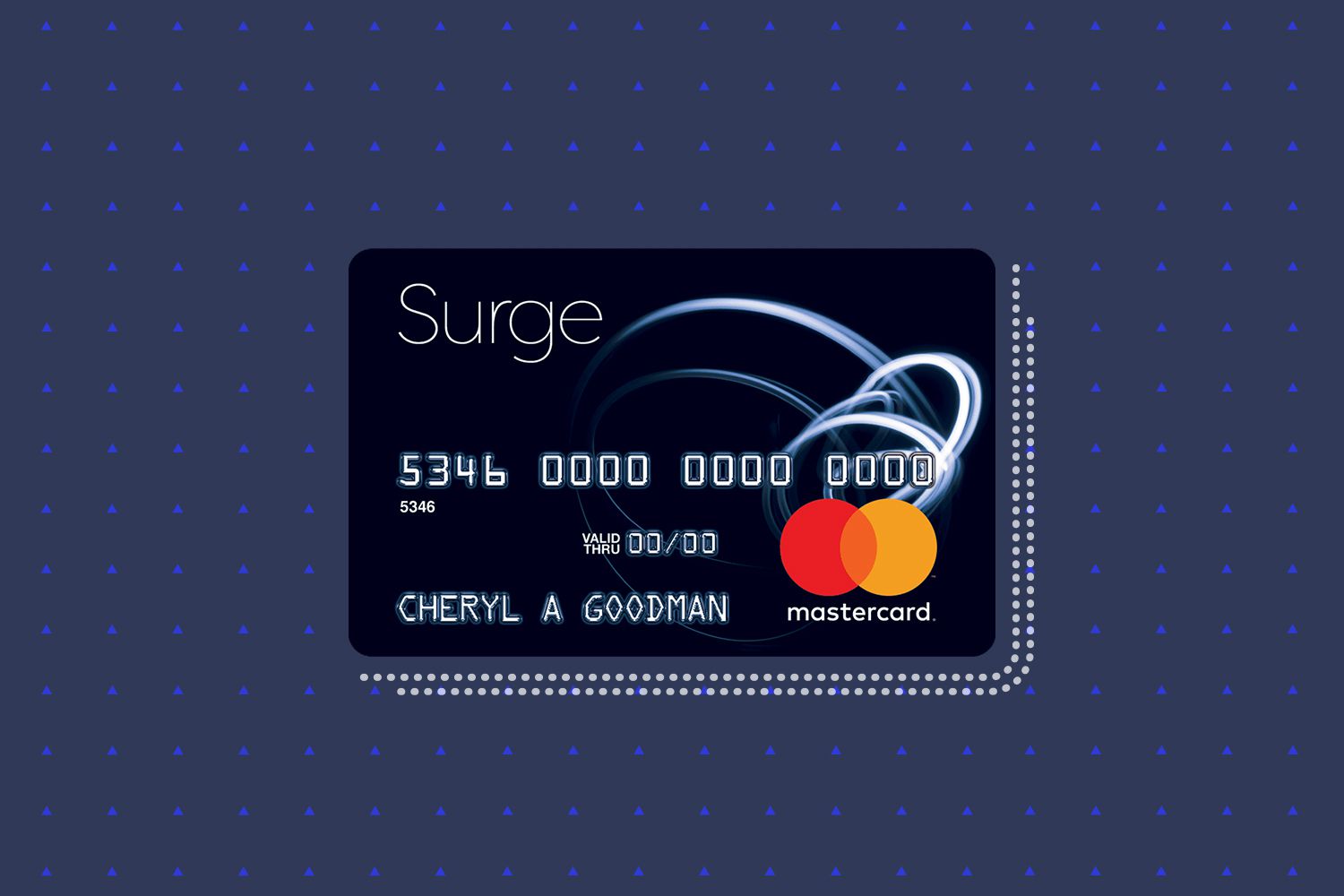
A balance transfer credit card is an option for those with poor credit who have not paid off their credit cards in a while. This credit card allows you transfer your balance into a new account with a low interest rate for an initial period. You will pay a higher percentage on any balances not paid within the intro period.
Low initial APR
If you're trying to pay off a large balance, low introductory APR balance transfer credit cards are a great option. These cards often have no annual fee and a low introductory APR on balance transfers. These cards offer rewards programs which can lead to cashback over the term of the account.
To determine if you are eligible for a low APR balance transfer credit card, you can check your credit score. Your credit score below 580 is considered poor credit. Applying for a low APR balance transfer credit card should take into account the promotional period, as well the APR.
No interest-free period
Consider these factors when selecting a balance credit card. One of the most important considerations is whether or not the card will provide an interest-free period. You might end up paying more if the card doesn't offer an interest-free period. You should also pay attention to the credit limit of the card.

The credit score of your applicant will determine whether you are eligible for a balance transfer account. Issuers will prefer applicants who have good credit, as this will translate into longer interest-free periods with lower interest rates. Also, your credit score will determine the maximum amount of debt you can transfer to a new card. This amount can be fixed dollar or percentage of your total limit. Every situation is different. However, generally speaking, the lower the credit score, the fewer credit card companies are likely to offer you a credit card.
Fees
Balance transfer credit cards can save you money but they won't help get you out of debt. It is better to work hard to pay down your credit card debts. A lower monthly payment means less interest over time. Credit cards can also be offered with a zero percent intro APR.
Consumers who are trying to reduce their credit card debt while saving money will love balance transfer credit credit cards. Many cards offer an initial interest-free period between six and 18 months. Some cards offer longer introductory terms. However, there are several fees and other conditions that you must be aware of. Infractions to the terms of your cardholder agreement could result in the cancellation of the introductory rate and a penalty rate.
There are no limits
If you have bad credit, a balance transfer card credit card can help you consolidate your financial debt. But be mindful that the limits are not too high. If you have a balance of $10,000, you might not be able to transfer the full amount to your new card. A card with a credit limit greater than $12,000 is a good choice. A credit card with a higher limit will accept the whole balance transfer.
Your credit score and other factors like your income will affect the credit limit you can transfer to your balance transfer credit cards for bad credit. You can transfer up 100% of your credit limit to some cards, while others allow you to transfer only seventy-five percent. Before applying for a card, it is important to check the limits.

Alternatives
However, balance transfer credit card cards can be helpful for people with poor credit but not for everyone. They may lower your monthly bills, but balance transfer cards won't be the best way of paying off debt or improving your credit score. To improve your credit score, you can apply for a secured card and pay down your debt.
Another alternative to a balance transfer credit card is an arranged overdraft, which is an extension of your bank account. An arranged credit card will allow you the ability to withdraw money when your balance is below a set amount. Usually, the interest on this feature can be high, but some banks will allow you to set up an arranged overdraft interest-free.